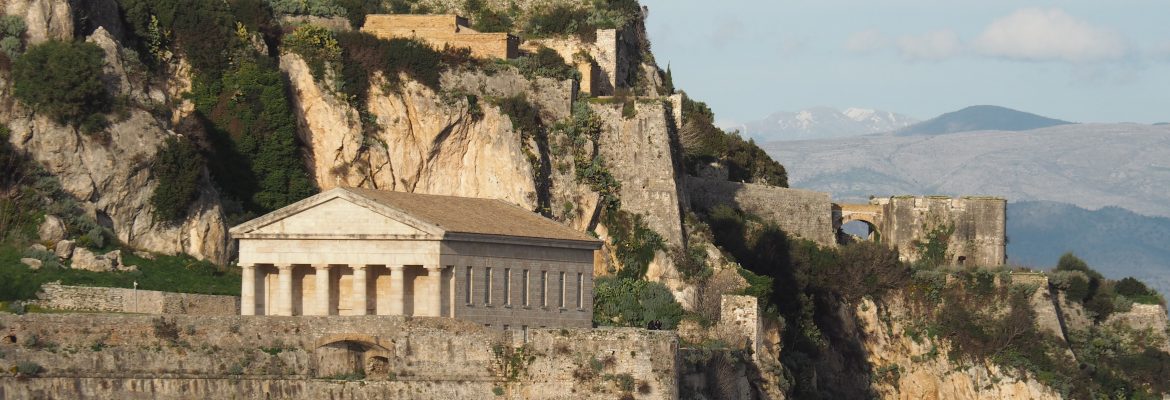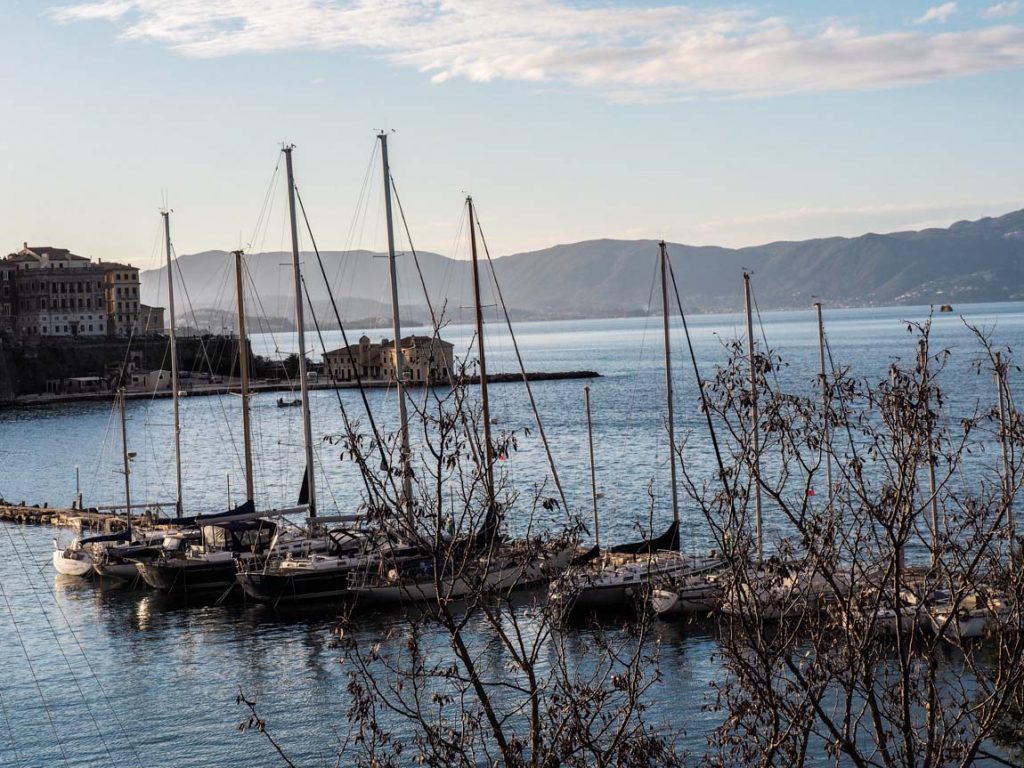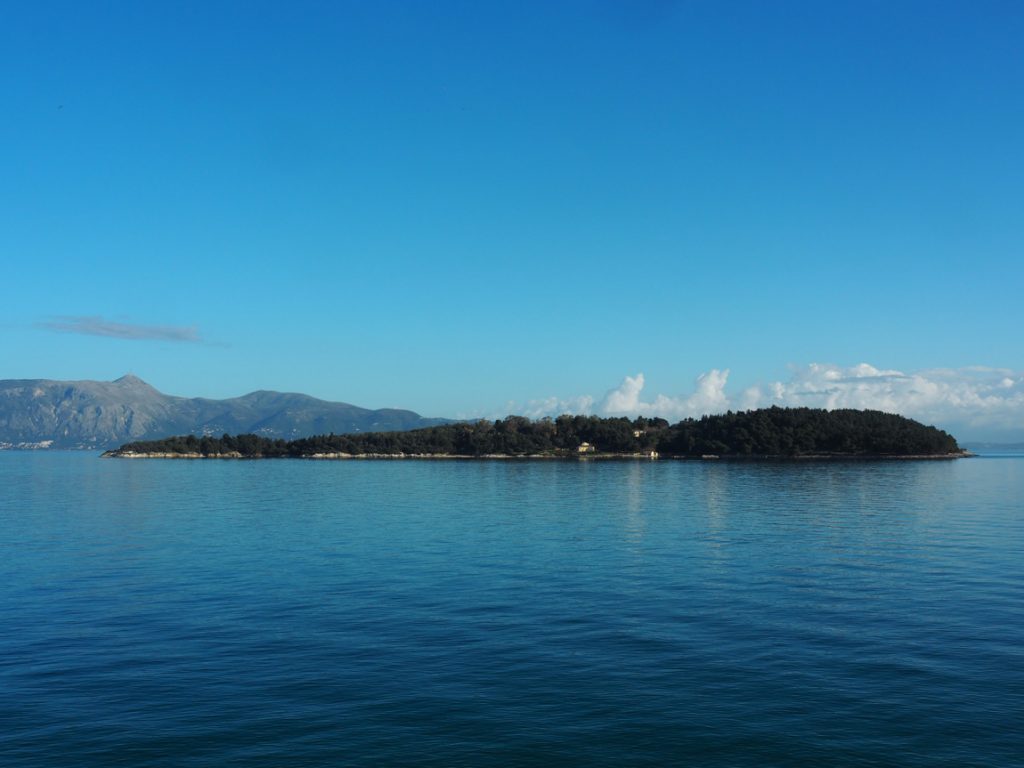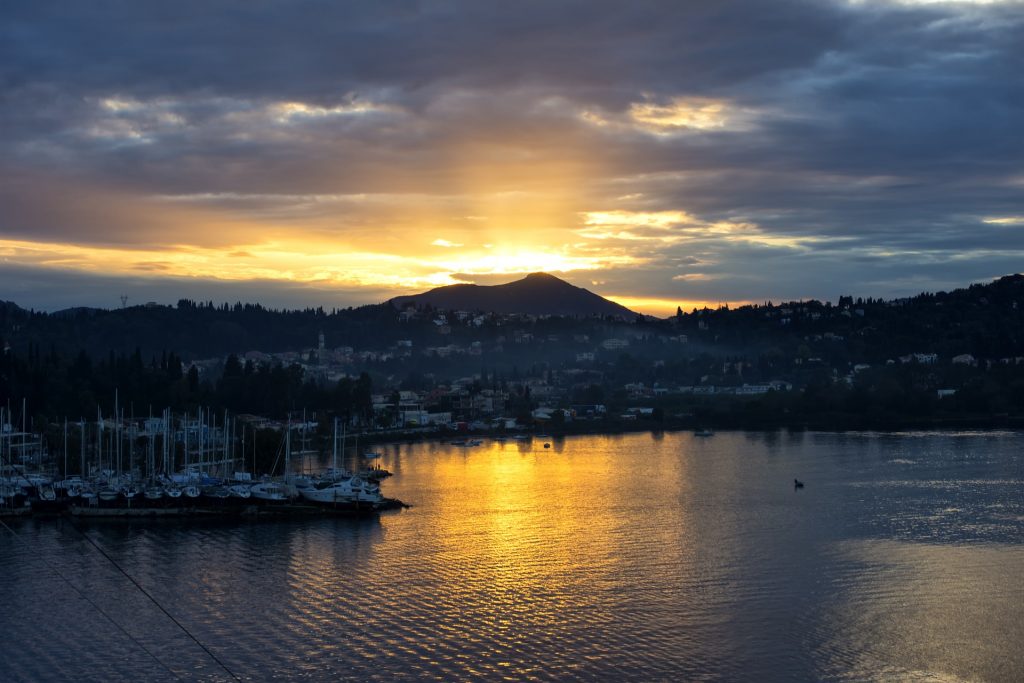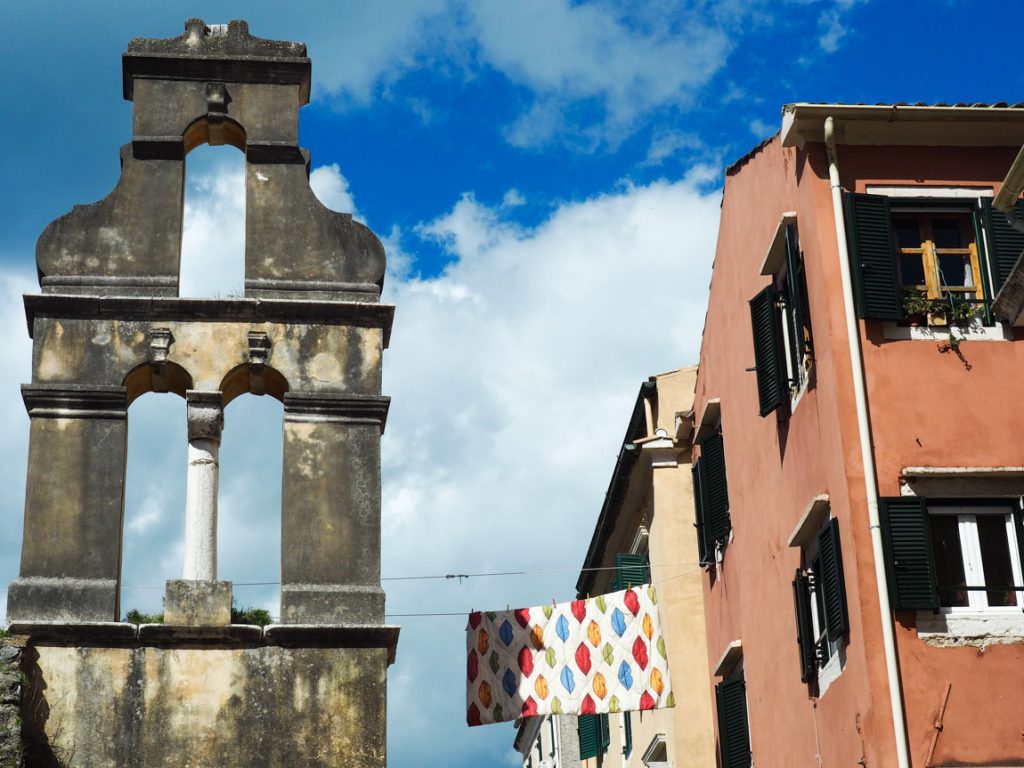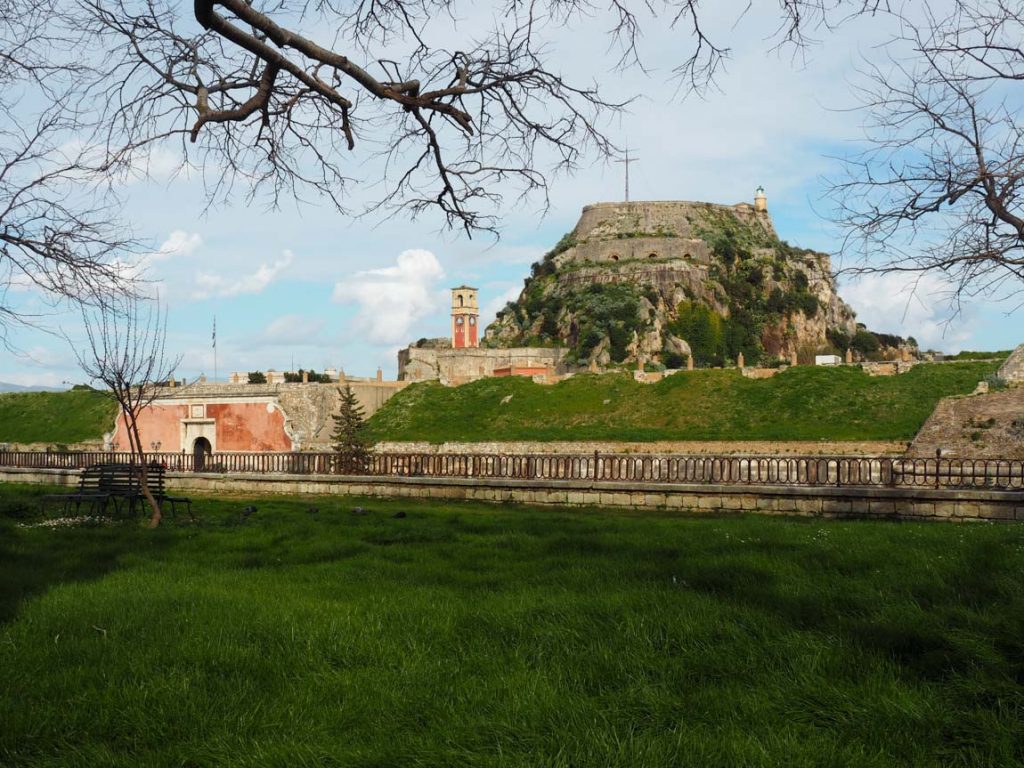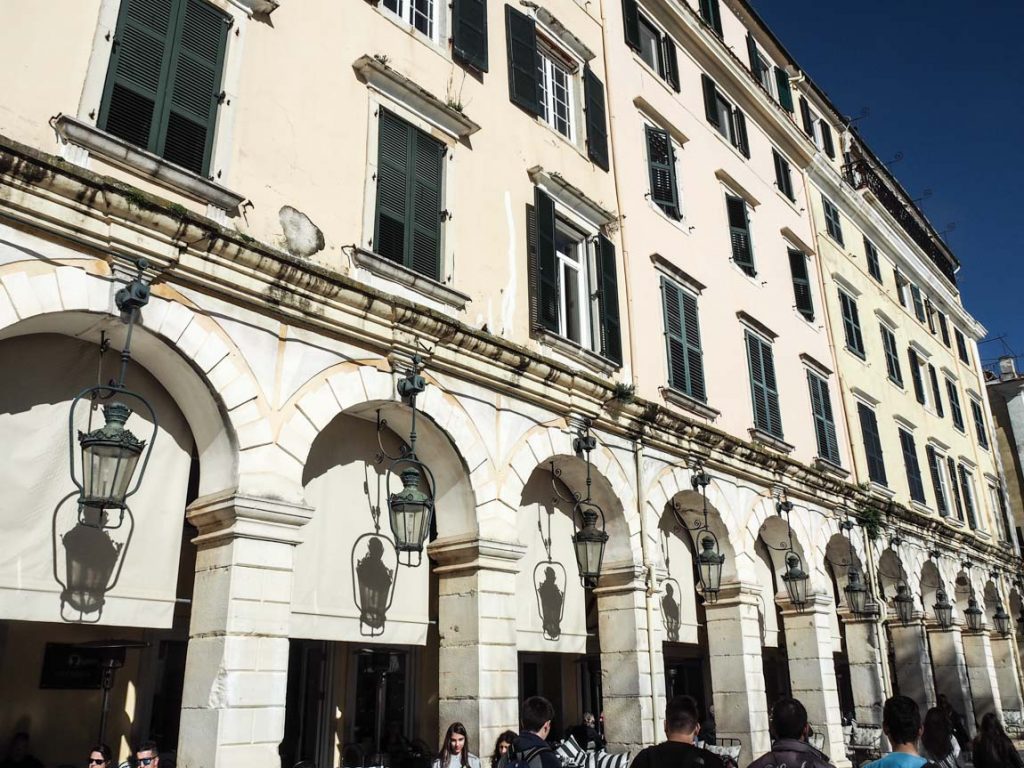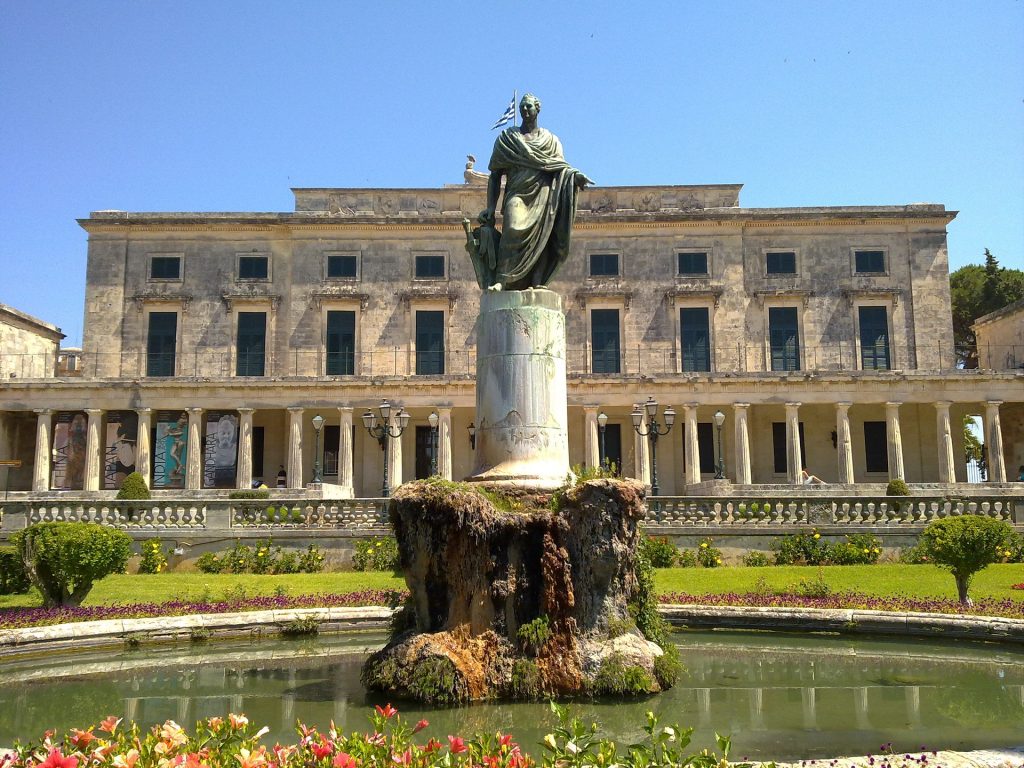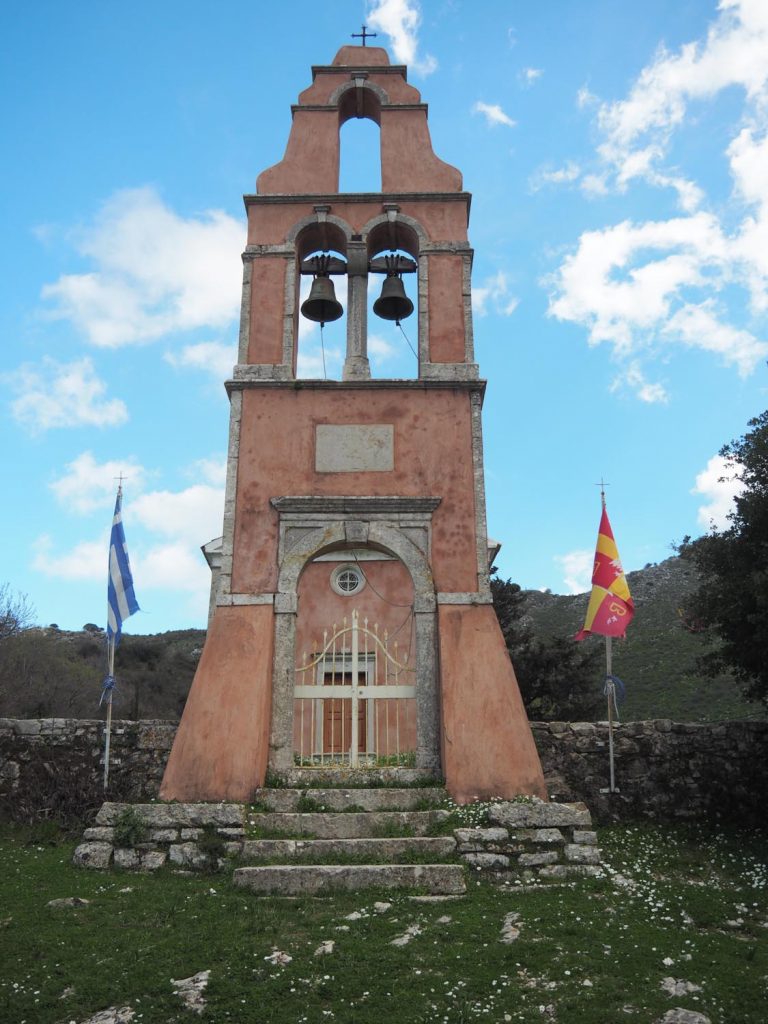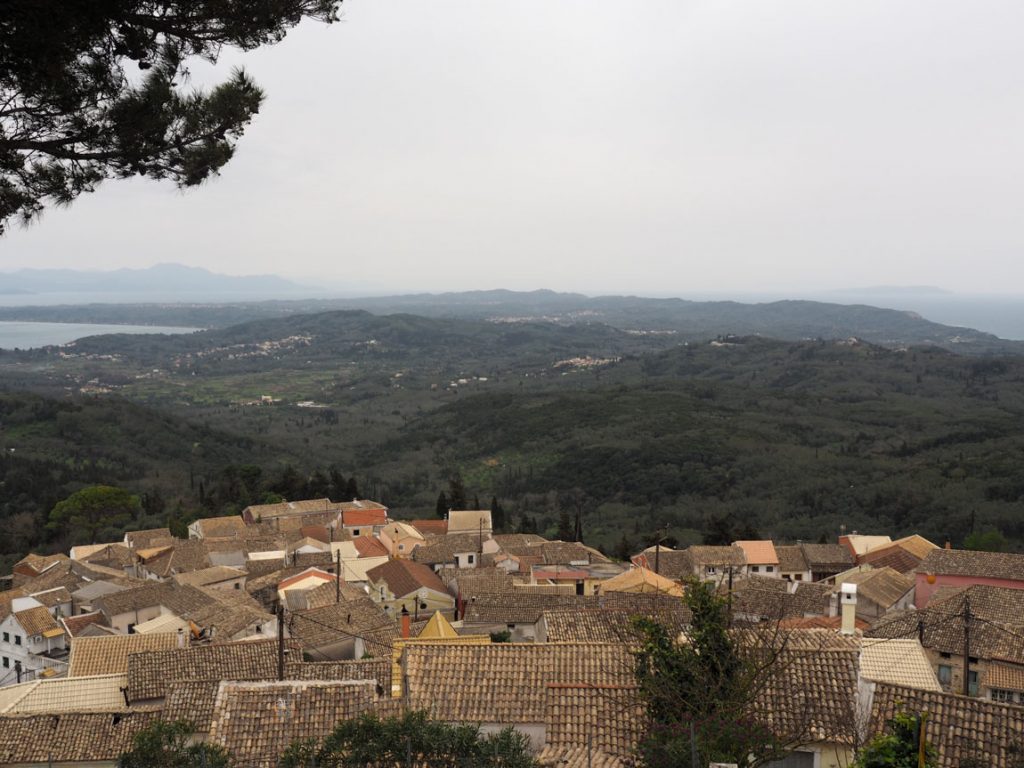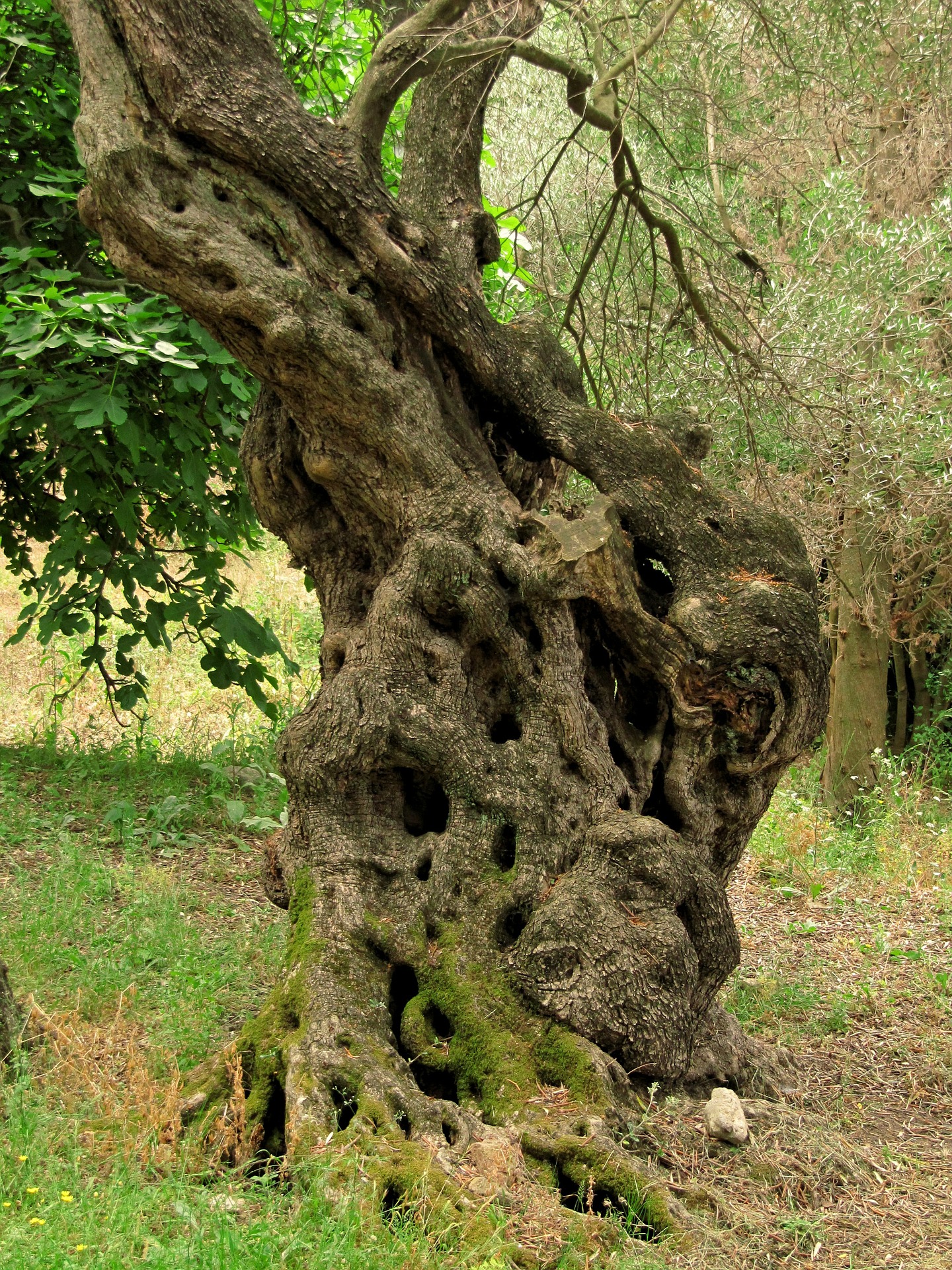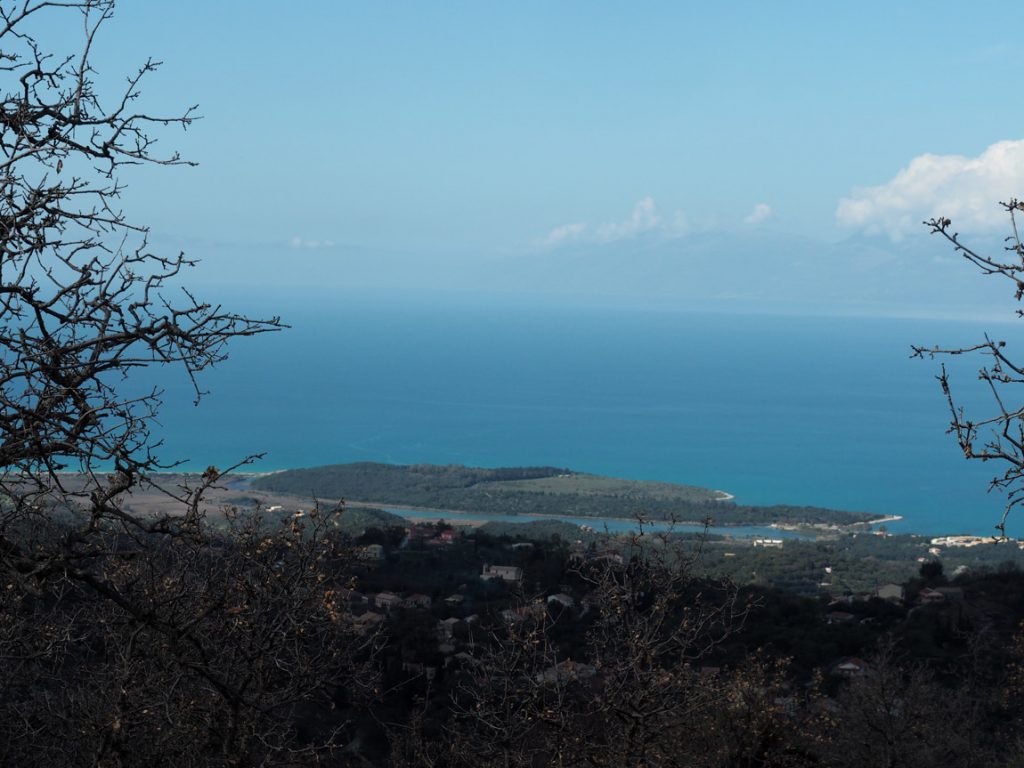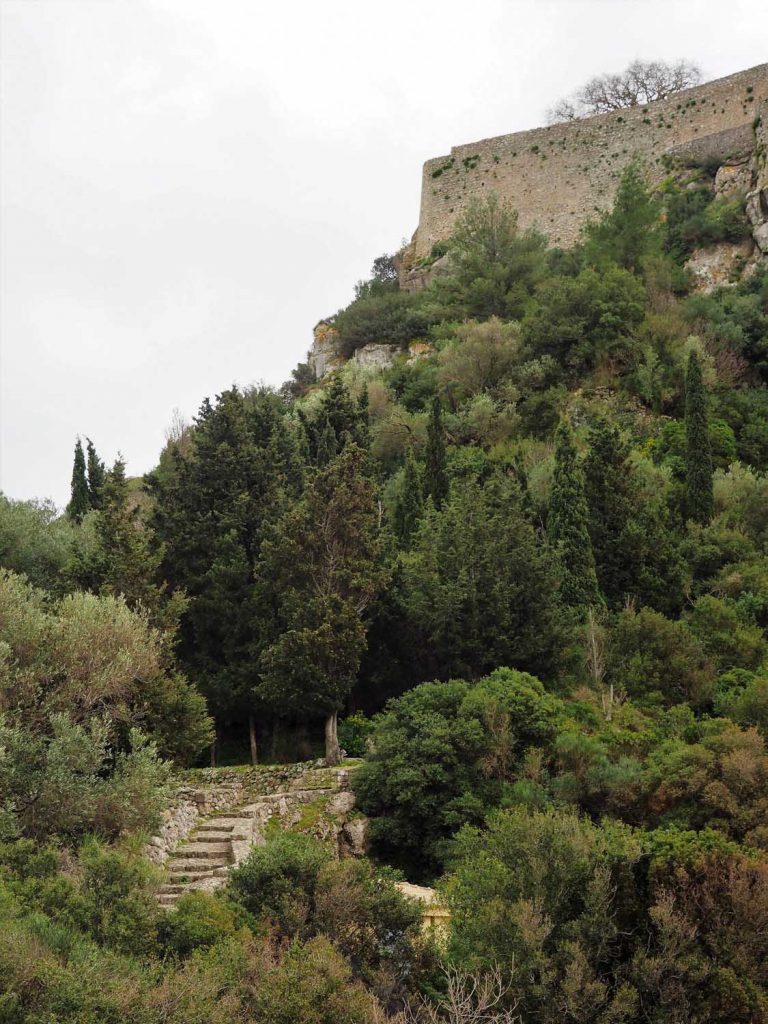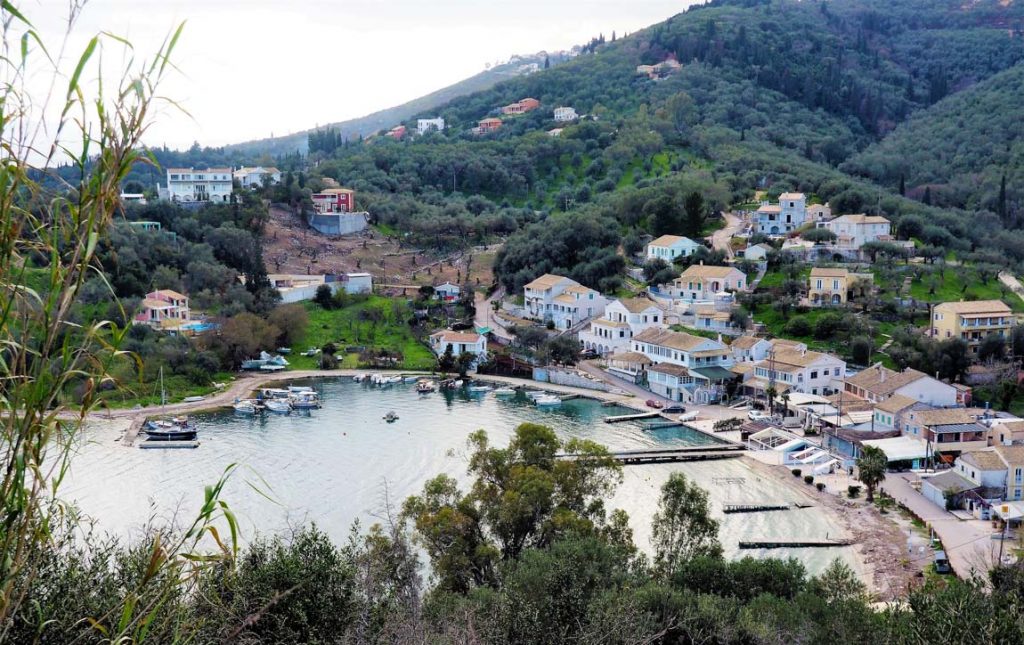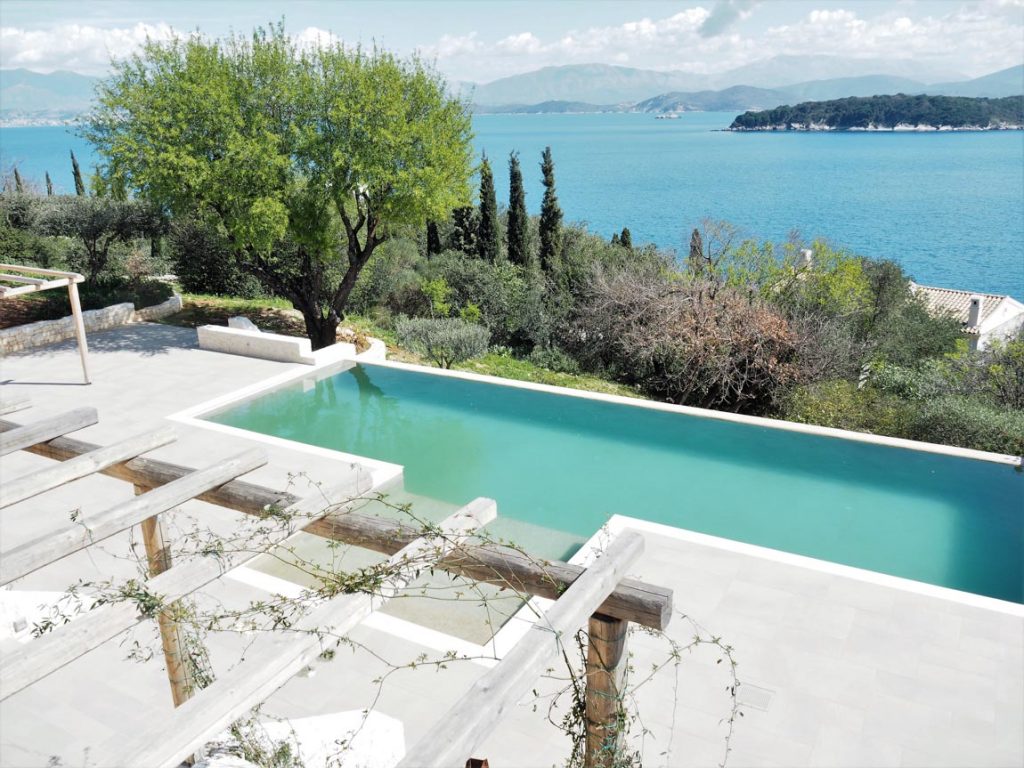If you’ve already checked off Greece’s most visited islands and not sure where to go next? Consider planning a trip to experience the hidden sides of the majestic island of Corfu.
Top 5 Reasons to Visit Corfu
With dramatic natural scenery, deep blue waters of the Ionian Sea, a plethora of cultural attractions, imposing fortresses, grand palaces and a collection of new luxury hotels — we give you our top 5 reasons to visit Corfu this summer.
Where is Corfu?
Corfu or Kerkyra in Greek is an island situated on the idyllic northwest coast of the Ionian Sea. Nestled on a rugged landscape among thousands of olive grove trees stretching as far as the eye can see — this unspoilt destination inspired the famous work of Gerald Durrell — My Family and other Animals, where he recorded his memories of living on Corfu with his family in the early 1930s.
Most of Corfu remains unspoilt until this day, with rich fauna and flora, intertwined by ancient walking trails — it is a mountainous playground waiting to be explored. The evergreen hills are dotted with cypresses and olive trees, opening up to breathtaking bays with deep cobalt blue waters.
The Old Town of Corfu
The Old Town of Corfu is listed as a UNESCO World Heritage Site. It’s historical importance dates back to as early as the 8th century BC and the Byzantine period. Strategically located at the entrance to the Adriatic Sea it connected the East to the West. Over the centuries Corfu overcame various influences which are evident in the town’s rich architectural design. From the 15th century onwards the Venetians, French, British and Greeks all contributed to the result of this authentic neo-classical town.
The Old Town is dominated by two imposing fortresses. The Old Fortress which rises above the east side of the town was built in 1546 by the Venetians, from its highest point which is marked by a lighthouse you can experience breathtaking views all the way across to Albania. The New Fortress which was also constructed by the Venetians in 1577 to protect the city from the Turkish invaders — is a wonderful place to admire the picturesque views of the town and the terracotta rooftops. There is a lovely small café where you can relax and soak in the surrounding beauty.
Just a short walking distance from the Old Fortress you will come across the most impressive square — the Esplanade (Spianada) which is the second largest in Europe. A vast green space with numerous fancy cafés which are great for people watching, it is also a popular hang-out spot where locals get together to play cricket — a tradition which they acquired from the British. To the north end of the Esplanade you will encounter the former Royal Palace which now serves as the Museum of Asian Art. Initially built in 1816 for the British Lord High Commissioner, today the mansion houses a rich collection of Chinese, Japanese, and Indian paintings, porcelains, and sculptures dating back to the Neolithic period through to the 19th century.
Experience the royal-like setting of the island by visiting the noble Neoclassical palace of Mon Repos, which was the birthplace of HRH Prince Philip, the Duke of Edinburgh. The palace was later used as a holiday home by the Greek royal family. At the Achilleion which is situated 10 kilometres from the Corfu Town you will witness the grand interiors, sweeping staircases and frescoes of a 19th century historical palace which once served as a summer home to the Empress Elisabeth of Austria also known by the name Sissy. The estate around the villa decorated with iconic marble statues promises remarkable views of the Chalikiopoulos lagoon, Kanoni, Pontikonissi and mount Pantokratoras.
The old Venetian villages
To witness the traditional character of Corfu which over the centuries inspired poets and royalty, make sure to explore the old Venetian villages which are scattered around the island’s magical land. An island of unprecedented beauty, Corfu has over 100 villages which all vary in character depending on the era which they were first inhabited in.
From larger villages to smaller fishermen settlements — each one of them thrives on the stories told of the past conquests, pirate raids, rulers and conquerors. Stories of people who build their homes, maintained their family traditions and above all the love for their homeland. Whether you decide to bike, hike, horse-ride, drive or walk — there are various ways in which you can experience the rustic charm of Corfu. One of the most famous traditional villages of Corfu is Afionas located on the bay of Agios Georgios, in the northwest of the island. A drive here is particularly charming as you will pass numerous picturesque villages and olive groves along the way. Soaring high 150 meters above sea level the view from here is sensational and the sunsets even more spectacular.
At the traditional village of Kynopiastes visitors can admire historical mansions built from the 17th to 19th centuries, a 17th century monastery and a museum dedicated to the olive tree which is the only one of its kind on the island. The village of Gastouri was the favourite retreat place for Empress Sissy where she would come to find her peace, it was also a popular place where many Corfiot families would buy their summer homes.
The olive groves
The landscape of Corfu looks as if it was taken directly out of a painting, a captivating blend of green and blue with hints of blooming colorful flowers. Rich in farm land and lush forests the island’s natural environment is characterized by millions of olive trees that dominate the landscape. Reaching as high as the peaks of Mount Pantokratoras, crossing the hillsides and the valleys, the olive trees end as far as the shorelines.
The olive oil production on the island started during the Venetian ruling and by the end of the 18th century the majority of olive oil was being exported to Venice. The Corfiot oil known as Lianolia is different from the variety cultivated in the rest of Greece. The olive trees on Corfu grow in height and as a result their branches often twist into various shapes.
During the harvest season which starts in autumn it is a delightful time to be on the island as everyone on the island joyfully participates in the olive harvest. The harvest process is usually done by laying nets and waiting for the fruit to fall rather than beating the branches. They collect the olives gradually thus the harvest season usually lasts from October until spring.
For the Corfiots the olive trees are considered to be a measure of wealth thus an owner’s worth is estimated from the number of trees he owns.
Wetlands & paths
Corfu is a naturalist’s paradise with a favorable, subtropical climate throughout the year it is home to over 150 species of birds some of which are rare.
Some of the rarest species include the Glossy Ibis, the Spoonbill, the Gull-Billed Tern, the Great White Egret and the Pygmy Cormorant — who find refuge on the island’s wetlands. The Ropa Valley in the centre of Corfu which spans across an area of 2,500 acres was once a lake which today is a wetland and serves as a home to a multitude of birds, reptiles, fish and amphibians. The Lefkimmi Salt Pans is a large area which includes species such as waterfowl, Shorebirds, warblers Pipits. The Airport Lagoon( Lake Halikiopoulos) despite its close proximity to the airport is where you can spot species like Grey Herons and sometimes the Great white heron.
Lovers of hiking can follow the Corfu Trail which was first established in 2001 and since then has welcomed thousands of walkers who have followed its length. Starting from South of Kavos it leads through the olive groves to the Monastery of Arkoudillas and then down to the seashore. The trail is 220 kilometres long and takes a total of 10 days to complete for those who wish to complete such a challenge. Of course, you are free to only walk parts of the trail and to make your own schedule.
The coastal north of Corfu
The northern coast of Corfu has gained tremendous popularity for its idyllic setting and gorgeous pristine beaches. With its mountainous coastline and beautiful bays it is an ideal destination for those seeking secluded villa holidays. From numerous traditional villages such as Agios Stefanos, Kalami, Agni and Kassiopi visitors will also be spoilt for choice by the variety of beaches from small to larger, which occupy a stretch of 25 kilometres. Many of the beaches have been awarded with a Blue Flag. Corfu is also known for its unique flavors many of which can be enjoyed in the traditional tavernas in the coastal north of Corfu. Check out our previous post on Hidden Destination: Northern Corfu.
An idyllic Greek island destination ruled by its authentic character with a hint of old-world glamour and aristocratic flair, Corfu will mesmerize you with the romantic evenings spent admiring the moon shine bright on the tiny islet straits. We hope that our top 5 reasons to visit Corfu will inspire you to book you trip.

